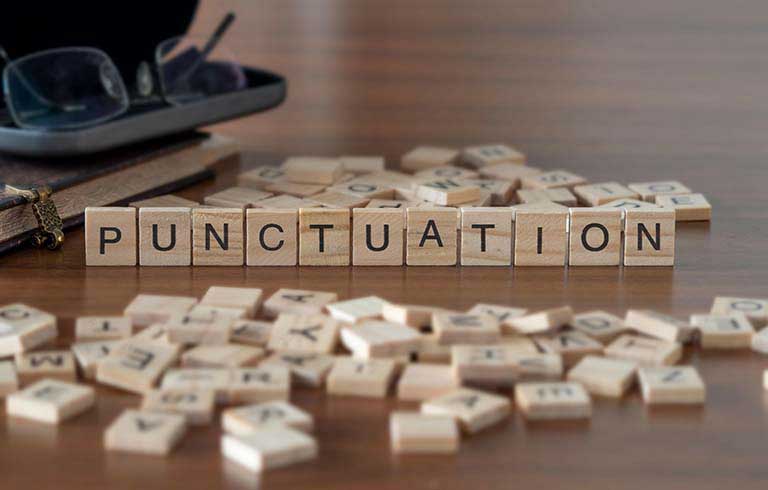
What is the Oxford comma?
The Oxford comma is that little comma placed after the penultimate item in a list of three or more items, just before the conjunction “and” or “or.” Its role might seem subtle, but its absence or presence can dramatically alter the message conveyed by a sentence.
Why does it matter?
The Oxford comma is all about precision and differentiation. Let’s illustrate its significance through examples:
With the Oxford Comma:
“Immunostaining was performed to detect infiltrating neutrophils, T-lymphocytes, and glial cells as tissue biomarkers of inflammation.”
Without the Oxford Comma (and the confusion it could cause):
“Immunostaining was performed to detect infiltrating neutrophils, T-lymphocytes and glial cells as tissue biomarkers of inflammation.”
In the first sentence, the Oxford comma clarifies that we are looking for 3 distinct entities: infiltrating neutrophils, T-lymphocytes, and glial cells. In the second sentence, the absence of the comma blurs the line, leaving readers pondering if infiltrating neutrophils are synonymous with T-lymphocytes and glial cells.
When Is the Oxford Comma Appropriate?
- In Lists of Items: Whenever you have a list of 3 or more items, use the comma to ensure each item is distinct. For example:
- “She brought books, flowers, and chocolates to the party.”
- In Complex Lists: If your list includes elements with their internal commas, the comma can prevent confusion. Consider:
- “My favorite authors include Hemingway, Fitzgerald, and Twain, as well as modern writers like Morrison and Rushdie.”
- In Professional Writing: In academic, technical, or professional writing, where precision is paramount, employing the comma is highly recommended. It leaves no room for ambiguity.
When Should You Avoid the Oxford Comma?
While the Oxford comma is a valuable tool, there are instances where it might not be needed:
- Clarity Without It: If your sentence’s meaning remains crystal clear without the comma, feel free to omit it.
- “The flag is red, white and blue.” (Here, the colors are distinct enough to avoid confusion.)
- Style Guides: Some style guides, like the Associated Press (AP) Stylebook, advise against using the comma. If you’re following a specific style guide, adhere to its rules.
- Personal Preference: In creative writing or personal writing, you can choose to use the comma based on your preference. Just be consistent throughout your work.




